
If you have a fireplace in your home, chimney cleaning is necessary for the safety of your family. But how do you get rid of the buildup that has accumulated over time?
This article will discuss the various ways to clean a fireplace chimney.
We’ll talk about the different methods how to prevent creosote buildup, and how to maintain your clean chimney.
What is the easiest way to clean a chimney?
 One of the most common questions chimney sweepers get is how to clean the chimney. It can be a daunting task for a homeowner.
One of the most common questions chimney sweepers get is how to clean the chimney. It can be a daunting task for a homeowner.
There are many different methods of cleaning a chimney, but there are two ways that are most popular:
1. Using a vacuum cleaner with a brush attachment
2. Using an industrial-strength power washer
Can you clean your own chimney yourself?
 Chimneys are typically built with a flue pipe, which is the pipe that leads from the fireplace to the outside. The flue pipe is connected to a chimney cap, which covers the top of the chimney and protects it from rain and snow.
Chimneys are typically built with a flue pipe, which is the pipe that leads from the fireplace to the outside. The flue pipe is connected to a chimney cap, which covers the top of the chimney and protects it from rain and snow.
If you have never cleaned your own chimney before, you may be wondering if it’s possible to do so yourself. The answer is yes. However, it’s important that you take some precautions before attempting this task on your own.
In order to clean your own chimney without causing any harm or damage to your home or property, there are a few things that you should know:
1) You should never attempt this task without wearing safety equipment such as goggles and gloves;
2) You should always use the appropriate precautions
How do you know if your chimney needs to be cleaned?
 Chimney fires are a serious problem in the United States. They occur when there is an accumulation of creosote, flammable gases, or other soot on the chimney walls and roof.
Chimney fires are a serious problem in the United States. They occur when there is an accumulation of creosote, flammable gases, or other soot on the chimney walls and roof.
To know if your chimney needs to be cleaned, you need to take a look at the following:
- If your chimney is painted or has any type of coating that might be flammable;
- The amount of creosote on the inside walls and roof;
- The temperature outside;
- The type of fuel that you use for heating
How do you clean the inside of a chimney?
 Chimneys are very common in homes and are used to vent smoke from the fireplaces. However, they can also be a major health hazard if they get clogged with soot and debris.
Chimneys are very common in homes and are used to vent smoke from the fireplaces. However, they can also be a major health hazard if they get clogged with soot and debris.
There are different ways of cleaning a chimney depending on the materials inside it.
For example, if you have a fireplace with a grate, you should use an ash shovel to remove the ashes from the top of the grate.
If you have a masonry chimney, you should use a wet/dry vacuum cleaner or brush to clean it. If your chimney has brick or stone walls, then you should use an abrasive cleaner to remove soot and dust before cleaning it with water and detergent.
Can you clean a chimney from the bottom up?
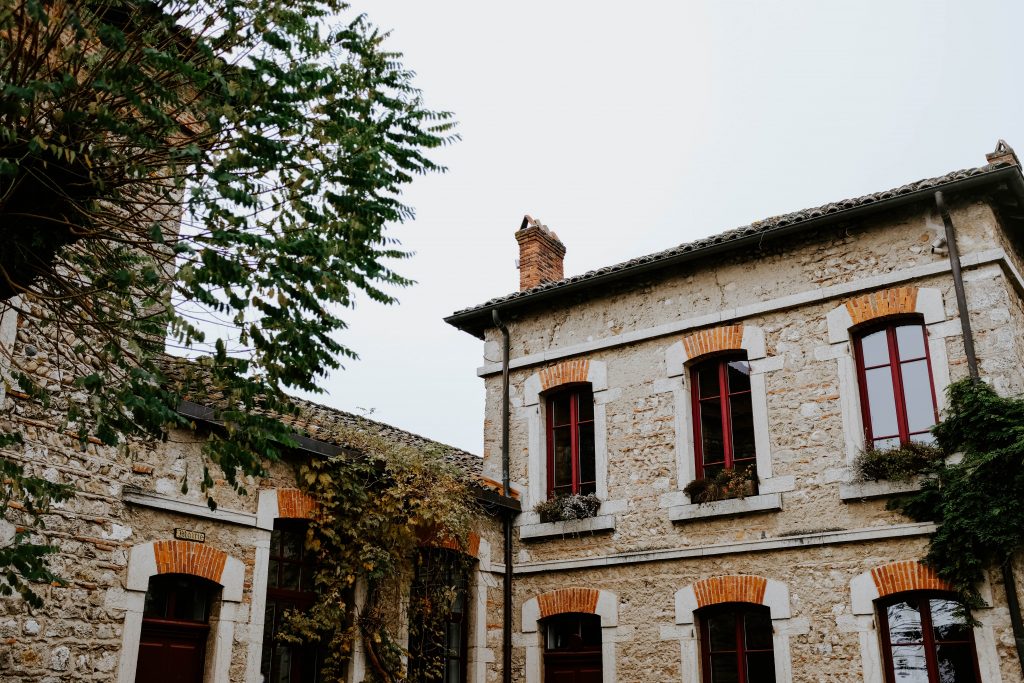 Chimneys are usually cleaned from the top down, but can you clean a chimney from the bottom up?
Chimneys are usually cleaned from the top down, but can you clean a chimney from the bottom up?
A chimney is a vertical shaft that connects the fire in your fireplace to the flue. If you want to clean it, you need to start at the top and work your way down. So all the debris will fall down into the fireplace and you can easily collect it.
If you’re not sure how to do it, or if your fireplace is too high for you to reach, call a professional chimney sweep instead.
Do the chimney cleaning logs really work?
 Chimney cleaning logs are designed to be a step-by-step guide for the chimney sweep. It is a tool that helps them clean their chimneys efficiently and effectively.
Chimney cleaning logs are designed to be a step-by-step guide for the chimney sweep. It is a tool that helps them clean their chimneys efficiently and effectively.
The question is whether or not these logs really work? There are different opinions on this topic, but most people agree that they do help chimney sweeps clean their chimneys more effectively.
What does a chimney that needs cleaned look like?
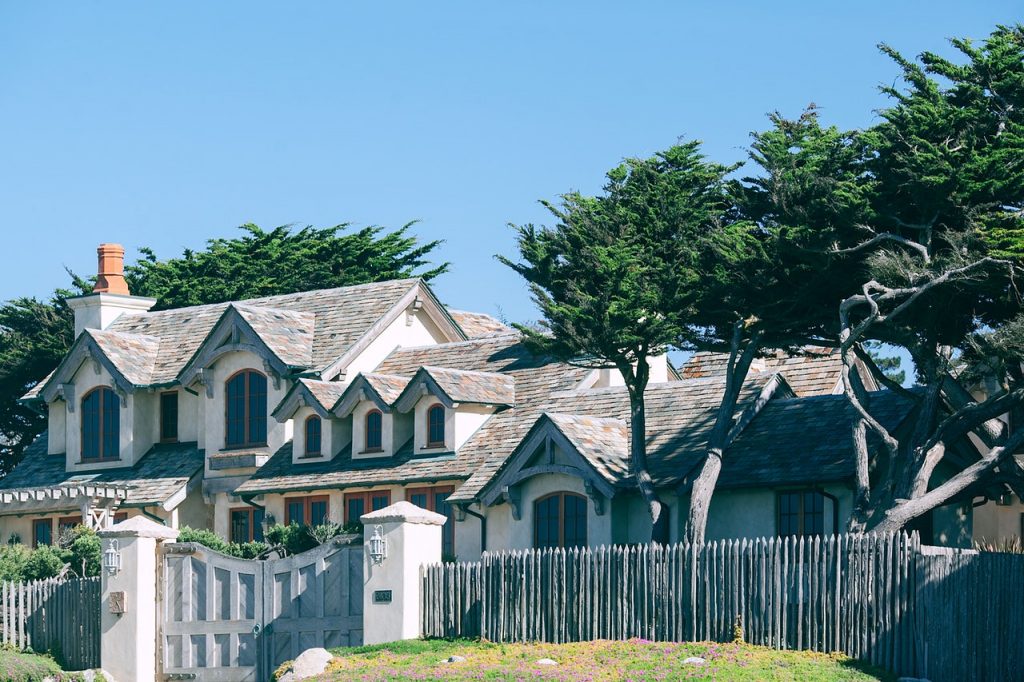 A chimney that needs to be cleaned is usually dirty and dusty. There are often soot particles on the sides of the chimney and some parts of it have been damaged by birds or other animals.
A chimney that needs to be cleaned is usually dirty and dusty. There are often soot particles on the sides of the chimney and some parts of it have been damaged by birds or other animals.
A chimney that needs to be cleaned can also be a little bit too high for a human to reach.
There are also quite a few different types of chimneys that need cleaning. Some include:
- A clay or brick chimney
- A metal chimney
- A concrete or masonry chimney
What happens if you dont clean your chimney?
 If you don’t clean them regularly, they can become clogged with soot and dirt that can cause a fire.
If you don’t clean them regularly, they can become clogged with soot and dirt that can cause a fire.
If your chimney is clogged, you should call a professional to help you out. You should also make sure that your chimney is in good condition by using a vacuum cleaner or broom at least once every two weeks.
How do I know if my chimney has creosote?
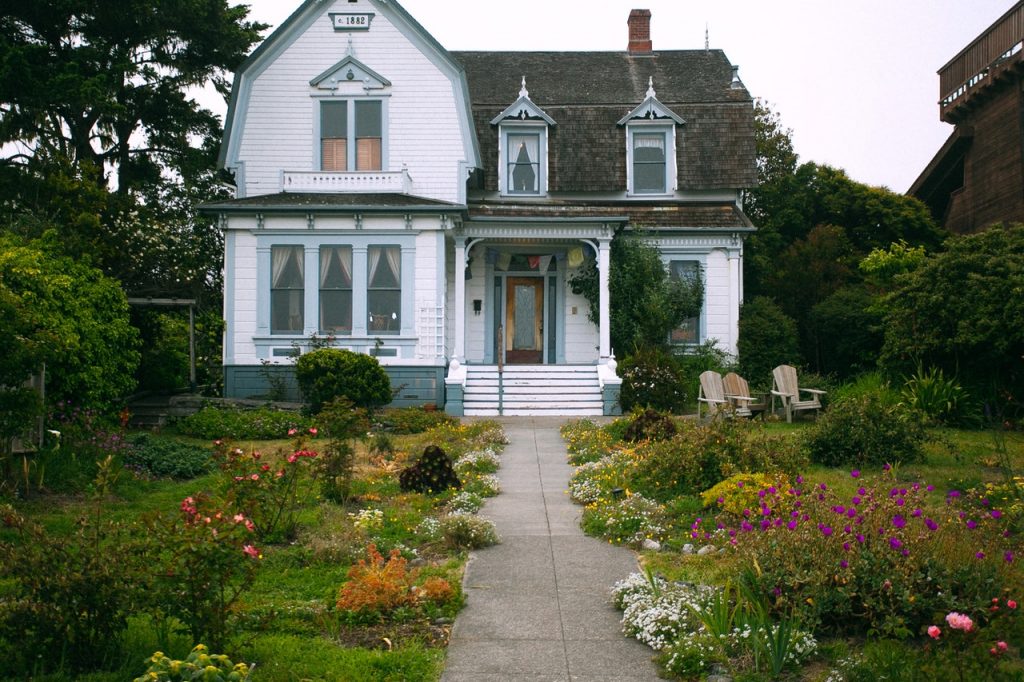 Creosote is a type of black, tar-like substance that can build up in chimneys. It can be harmful to your health and is made up of chemicals.
Creosote is a type of black, tar-like substance that can build up in chimneys. It can be harmful to your health and is made up of chemicals.
Creosote comes from burning wood or coal in a fireplace or stove. There are many different ways to find out if the creosote is present in your chimney.
One way is by using a smoke detector which will go off when it detects smoke coming from the chimney. Another way is by using a camera that you can set up inside the chimney.
What substance dissolves creosote?
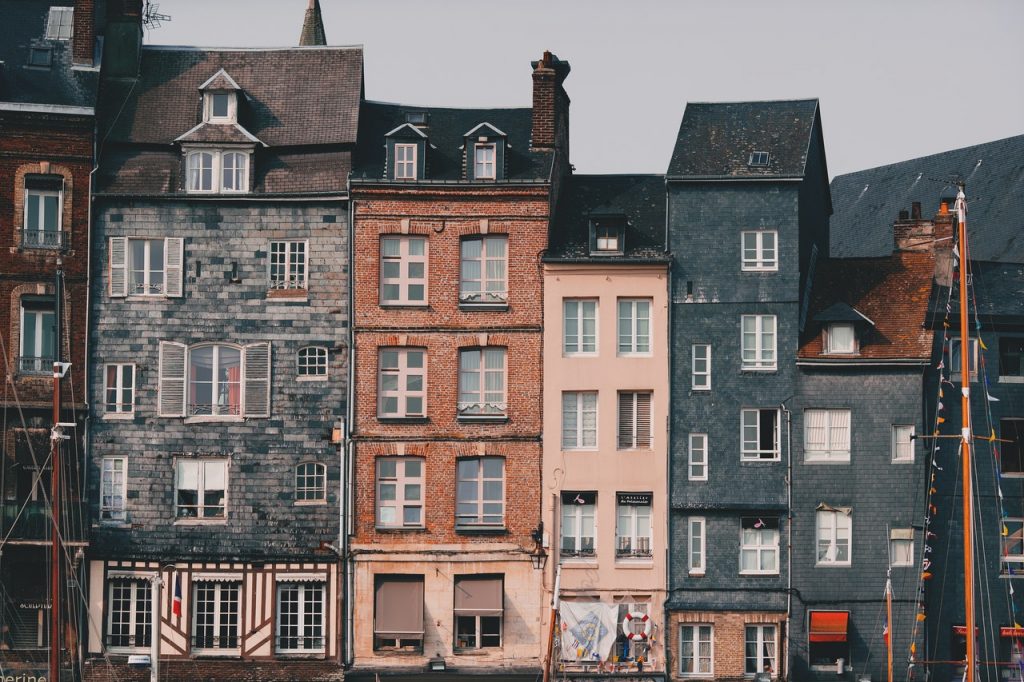 Creosote is tree sap that forms on the bark of some conifers, especially pine trees. It is a brown, tar-like substance that is typically found in older wooden structures and buildings in which wood was used as fuel.
Creosote is tree sap that forms on the bark of some conifers, especially pine trees. It is a brown, tar-like substance that is typically found in older wooden structures and buildings in which wood was used as fuel.
Creosote can dissolve in water and dilute with it to form a solution. The solution can then be diluted again with water to make it safe for use on plants.
How do you deglaze a chimney on your own?
 To deglaze a chimney, you need to have a metal spatula. There are two ways to do this:
To deglaze a chimney, you need to have a metal spatula. There are two ways to do this:
1) Put on protective gloves, and use a wire brush to scrape off the soot.
2) Hold the metal spatula over the top of the chimney, and scrape away at the soot with your hand.
How does creosote buster work?
Creosote is a toxic, flammable substance that is produced by the incomplete combustion of organic substances like wood, coal, and oil. It’s usually found in the ground or in structures that have been around for a long time.
Creosote buster is an organic compound that can break down creosote into harmless compounds. It works by oxidizing creosote to produce carbon dioxide and water vapor. The oxidized creosote can then be broken down further into carbon dioxide and water vapor with the help of bacteria or fungi.
Creosote buster has many uses such as cleaning up soil contaminated with creosote, removing creosote from buildings, and breaking down harmful chemicals like PCBs.
Which chemical is used to clean chimney?
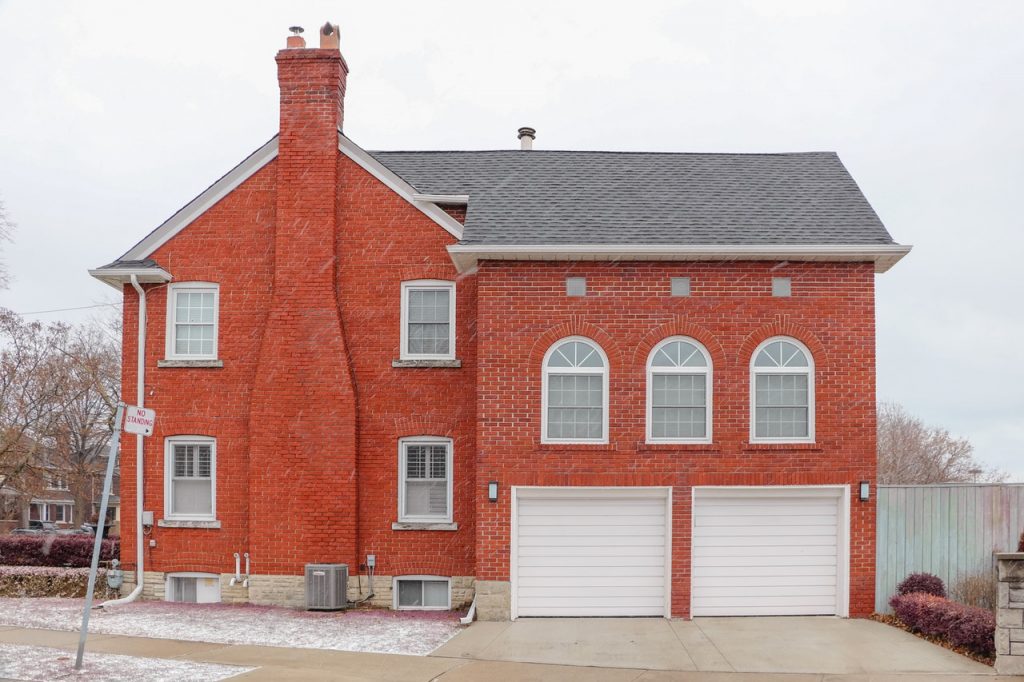 The chemical used to clean chimneys is sodium hydroxide.
The chemical used to clean chimneys is sodium hydroxide.
Sodium hydroxide is a highly corrosive, caustic, and strong base chemical. It is also known as lye and it has a pH level of 12.
How do you make a chimney sweep brush?
To make a chimney sweep brush, you will need a broomstick and some string. You can also use a wire coat hanger.
The first step is to tie the string around the broomstick, then wrap it around the stick 10 times. Then tie it in an X shape on top of the stick and wrap it around the stick 2 more times.
How often should a chimney be cleaned?
 Chimneys are often neglected and can get dirty with time. They need to be cleaned regularly to prevent the buildup of creosote which can damage the chimney and make it unsafe.
Chimneys are often neglected and can get dirty with time. They need to be cleaned regularly to prevent the buildup of creosote which can damage the chimney and make it unsafe.
Sometimes, it is difficult for a chimney cleaner to reach your chimney and clean it properly. If you have a ladder, then you can clean your own chimney yourself.
However, if you don’t have a ladder or if it’s too hard for you to climb up the ladder, then it’s best to hire a professional chimney sweep instead.
The frequency of cleaning depends on how often creosote builds up in the chimney. You should clean your chimney once every few weeks when there is no creosote buildup and more frequently when there is some build-up of creosote.
How much does it cost to clean a chimney?
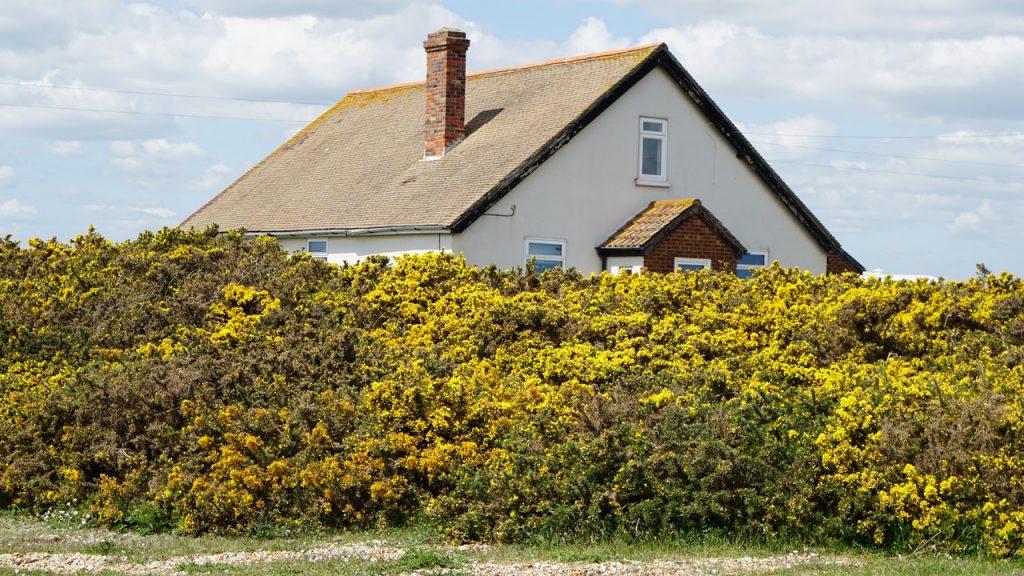 Cleaning a chimney is a task that many people do not think about until it is too late. When it comes to cleaning a chimney, the cost of hiring an expert can be expensive.
Cleaning a chimney is a task that many people do not think about until it is too late. When it comes to cleaning a chimney, the cost of hiring an expert can be expensive.
Some people choose to do it themselves, but that can be dangerous and time-consuming.
The cost of hiring an expert for cleaning a chimney varies depending on the size of the chimney and what kind of materials you need to use.
For example, if you have a small fireplace with just one opening in your home, then the cost will be less than if you have a large chimney with multiple openings in your home.

